A rich national identity
Tuyen Quang, a northern mountainous province of Vietnam is classified as a province having many ethnic minorities with 22 ethnic groups. The population of ethnic groups in the province has elements of ethnic history, resident culture and geographical location. Therefore, Tuyen Quang is considered a land of multiculturalism by researchers. Fifty-six percent of the population in the province are ethnic minorities. Thanks to the "diverse culture", Tuyen Quang has a great attraction in economic and social development, especially tourism.
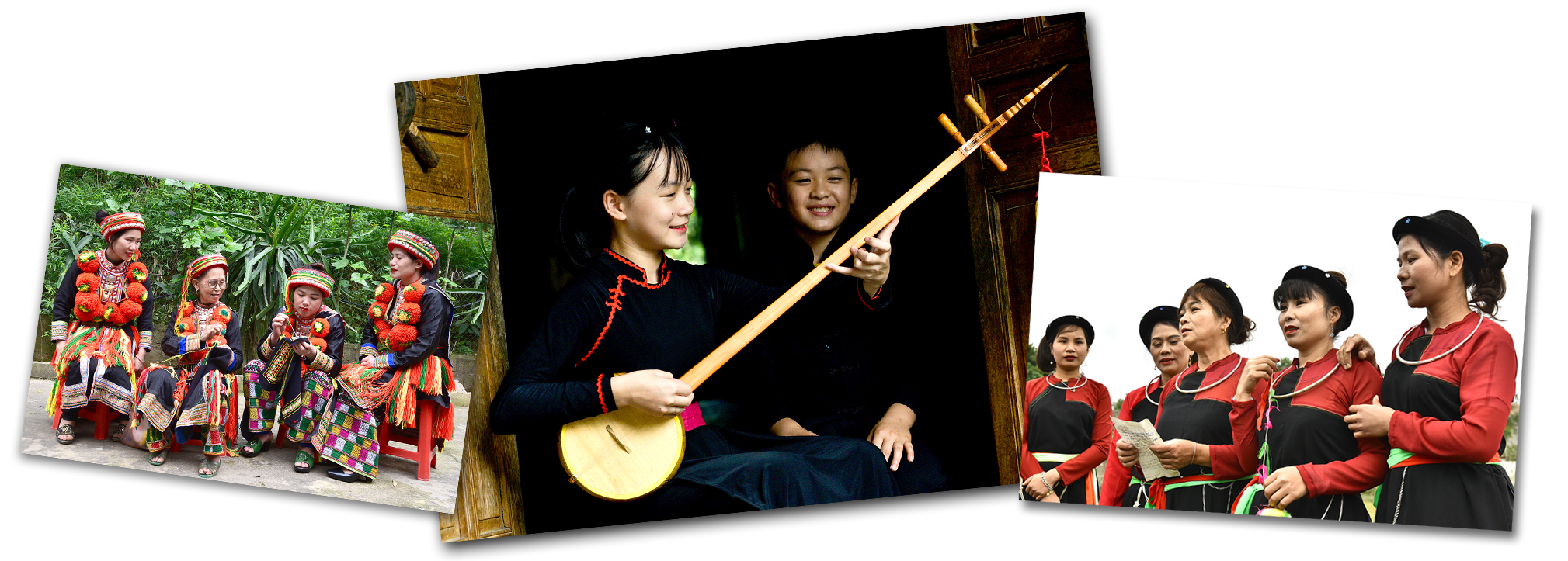
The ethnic minority groups of Red Dao, Tay and Cao Lan in Tuyen Quang Province.
Leaving the Lo River and Dum Mountain of Tuyen Quang City, visitors can explore the districts of the province. On the winding asphalt roads, people can see stilt houses of the Tay, Dao, Cao Lan, and Nung ethnic people with palm-leaf roofs and traditional yin-yang tiles of Vietnam. For the ethnic minorities in Tuyen Quang, they have the custom of living in crowded villages in the valleys, foothills, and mountain slopes.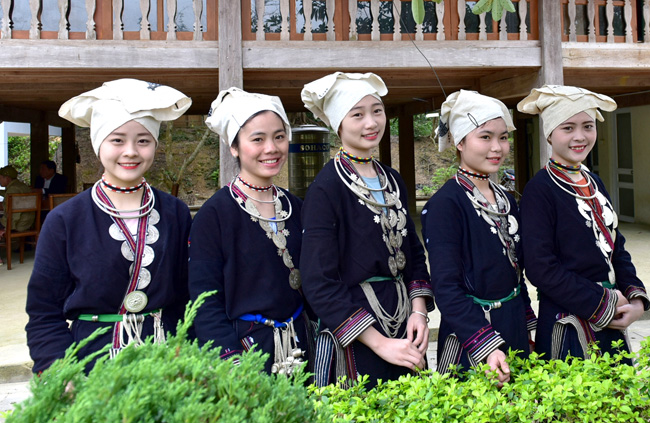
Dao Tien girls in Kim Binh Commune (Chiem Hoa District).
In Tuyen Quang, the Dao ethnic people are the second largest population, distributed in all districts and the city. The special feature of this group is that it gathers all 9 branches of Dao: Red Dao, Dao Tien, Dao Quan Chet, Dao Ao Dai, Dao Thanh Y, Dao Quan Trang, Dao Cooc Ngang, Dao Cooc Mun, and Dao O Gang. In 2017, the province successfully hosted the first National Dao Culture Festival in association with Thanh Tuyen Festival with 12 provinces and cities participating. As a result, the "Cap Sac" ritual, Pao Dung singing and embroidery craft of the Dao in Tuyen Quang was effectively introduced to the public.
Cao Lan people in Kim Phu Commune (Tuyen Quang City).
Besides the Tay and Dao ethnic groups, the Cao Lan ethnic people are the third largest population in the province with more than 70,000 people. They have a typical musical instrument, a crockery drum, and smooth "Sinh ca" melodies. The crockery drum is an important instrument in worshiping rituals. In addition, it is also played as an accompaniment for dances of the Cao Lan ethnic group during the festival with typical performances such as "dove dance", "shoveling shrimp dance", "Tam Nguyen dance", etc.
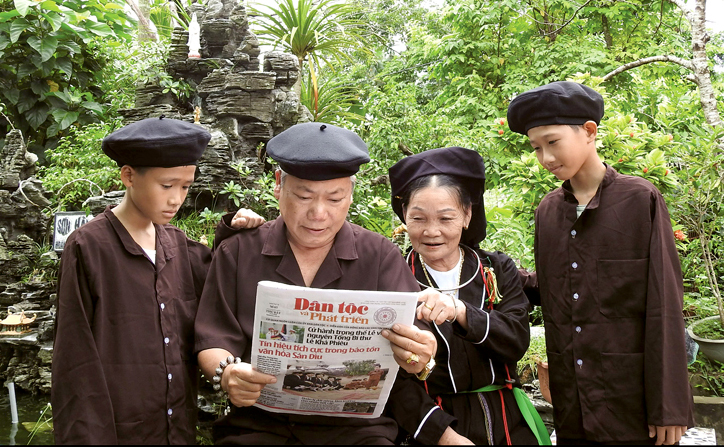
San Diu people in Ninh Lai (Son Duong).
To sum up, "the colourful flower garden of each ethnic group" has created the cultural identity of Tuyen Quang Province. This is the "outstanding" strength of the province.
Arousing potential of tourism
Tuyen Quang has all three necessary and sufficient factors for tourism development. The first is nature tourism, typically the Na Hang - Lam Binh Nature Reserve, My Lam Hot Spring Resort with the best water source in Southeast Asia. Secondly, the province is considered as a "revolutionary museum" of the whole country with over 500 historical and cultural relics, including two special national monuments Tan Trao and Kim Binh and more than 200 national relics. Tuyen Quang is known as the "heart" of the Viet Bac war zone and the "the capital of the liberation zone and resistance war capital", where President Ho Chi Minh and the Party Central Committee based their offices and successfully led the August Revolution in 1945 and the resistance war against the French colonists. As a result, there are many famous revolutionary historical sites in the locality, including Na Nua shack, Tan Trao communal house, Tan Trao banyan tree, Hong Thai communal house, Thanh La communal house, and Lung Co airport. Third, the province has a large number of ethnic minorities with a long history as well as diverse and unique cultural identity.
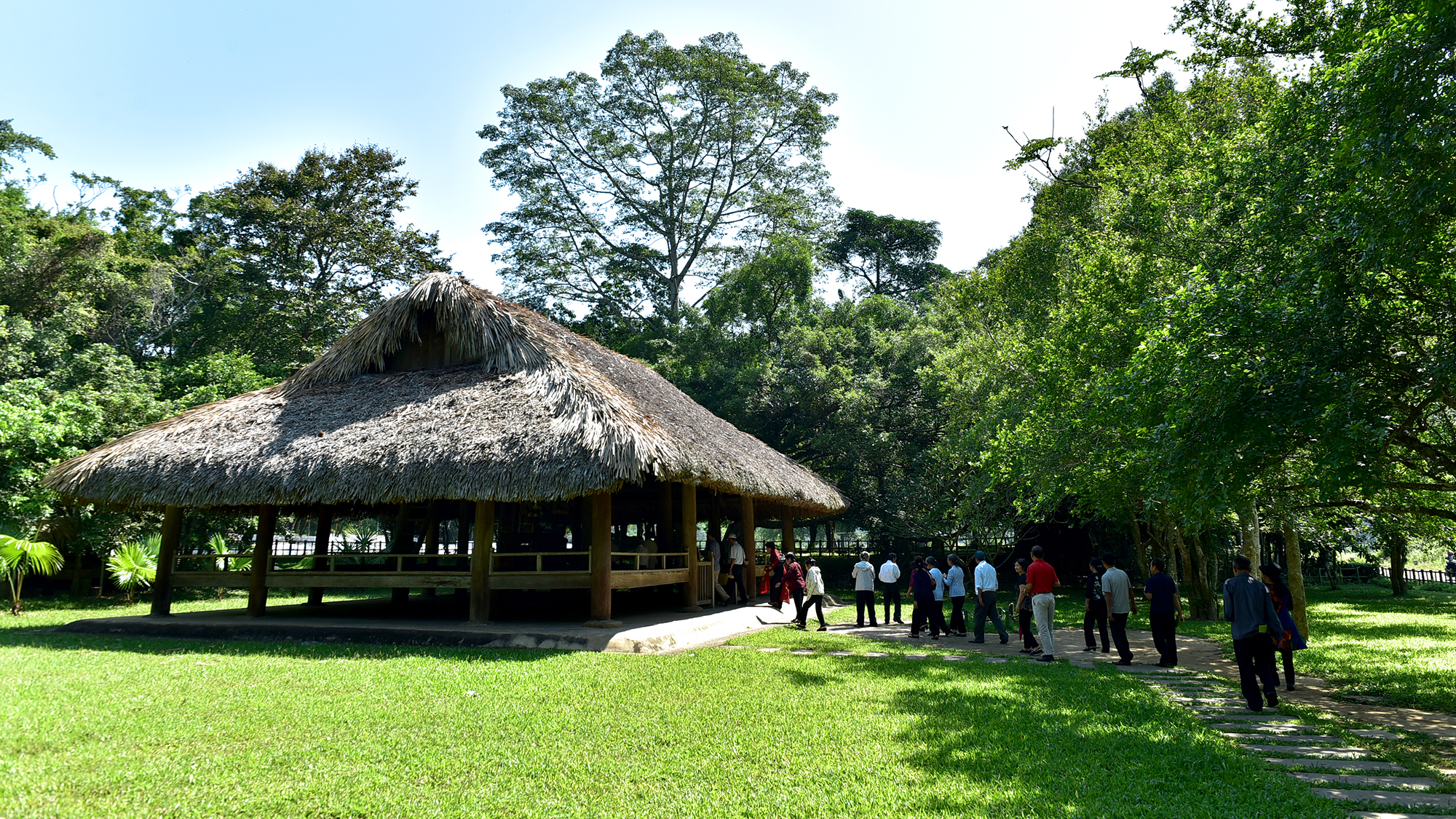
Tan Trao communal house (Son Duong District).
According to Assoc. Prof. Dr. Trinh Nang Chung of the Vietnam Institute of Archaeology, Tuyen Quang is used to be one of the cradles of the ancient Vietnamese civilisation. It is demonstrated through archaeological sites and artifacts such as hundreds of stone tools of the late Palaeolithic era, which date back an estimated 20,000 years ago at Phia Vai cave (Khuon Ha, Lam Binh), Phia Muon (Son Phu, Na Hang).

Artifacts are on display at the Provincial Museum.
From these great potentials, Tuyen Quang identifies tourism as an important economic sector. On that basis, the province has implemented projects and master plans on tourism development. Thanh Tuyen Festival will be one of the unique and unique tourism products of the province.
Thanh Tuyen Festival.
Tuyen Quang tourism is being compared to "a beautiful girl sleeping in the forest" or "hidden beauty". To arouse that great potential, Tuyen Quang sends even the tourism message of the province "Tuyen Quang - Convergence of beauty".
Foreign tourists are impressed by the cultural identity of Tuyen Quang ethnic groups.



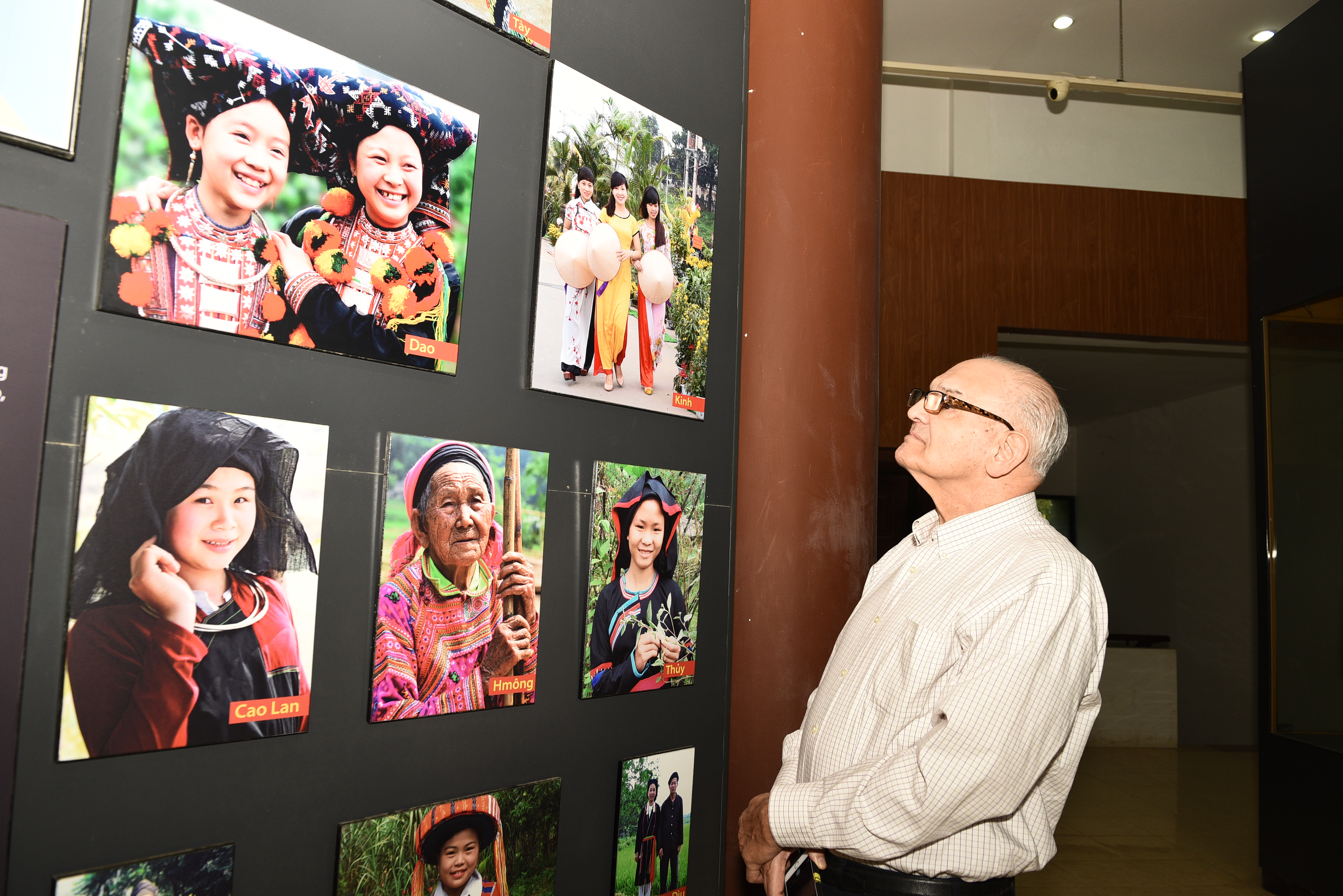
Comment
Print